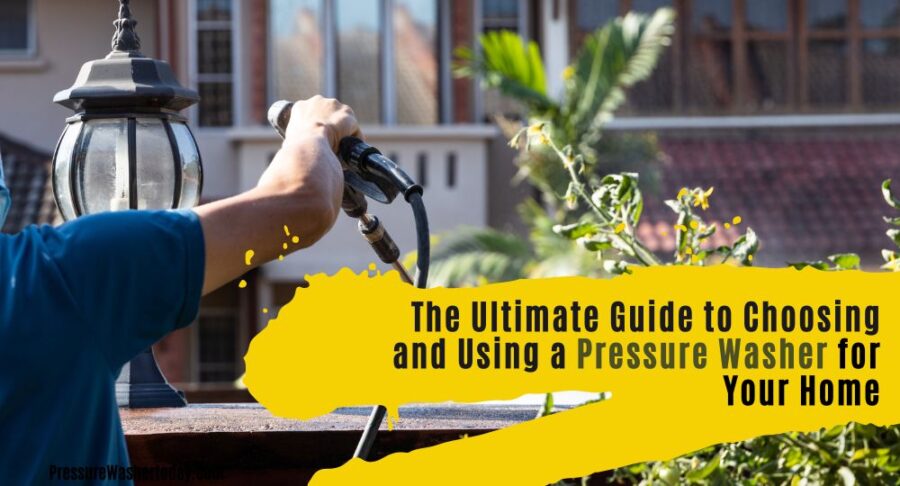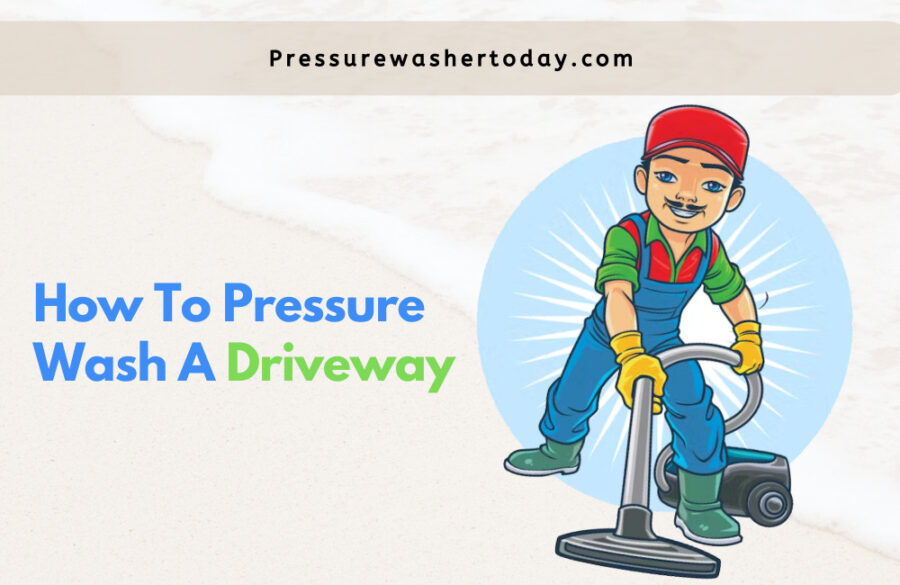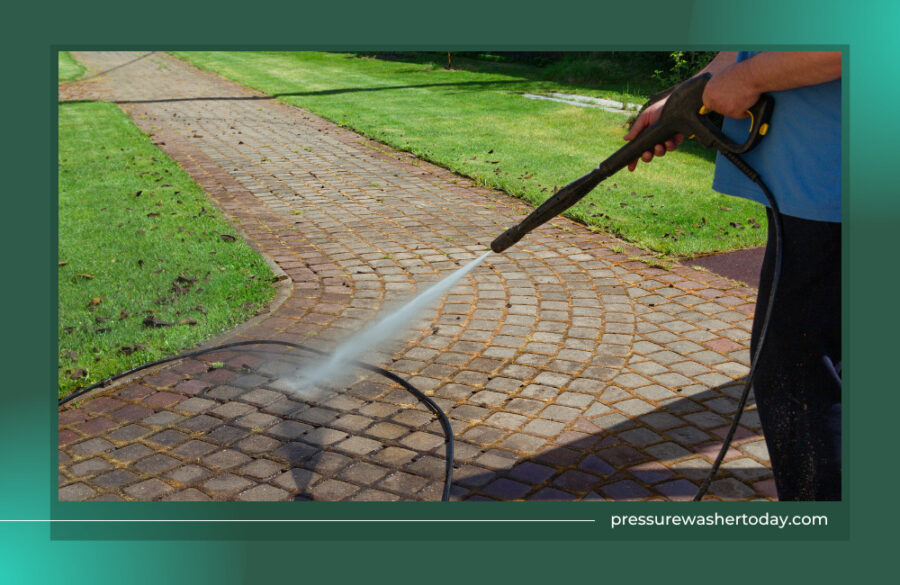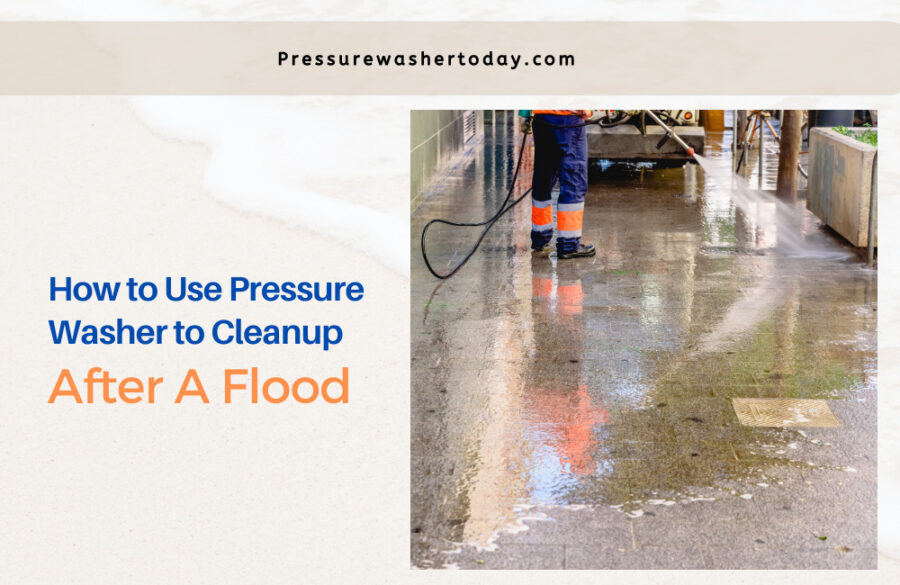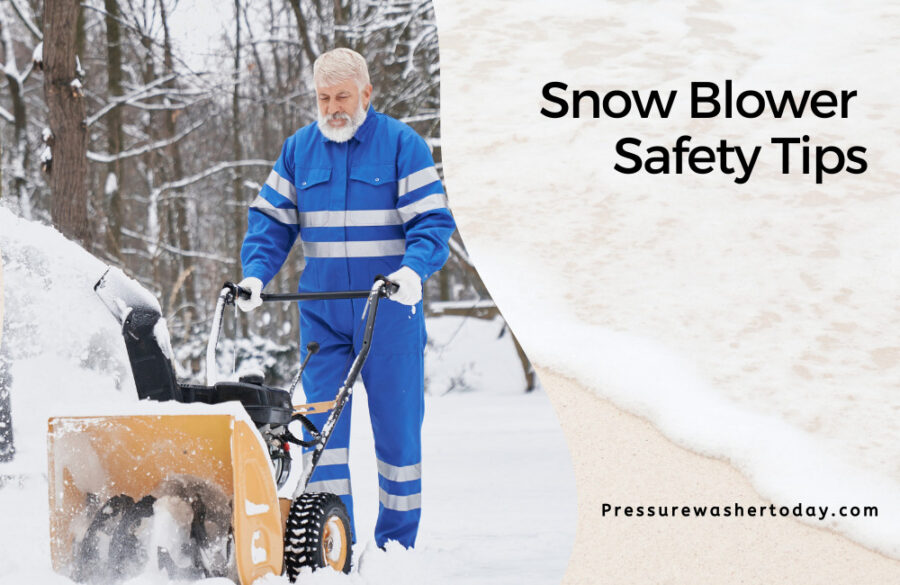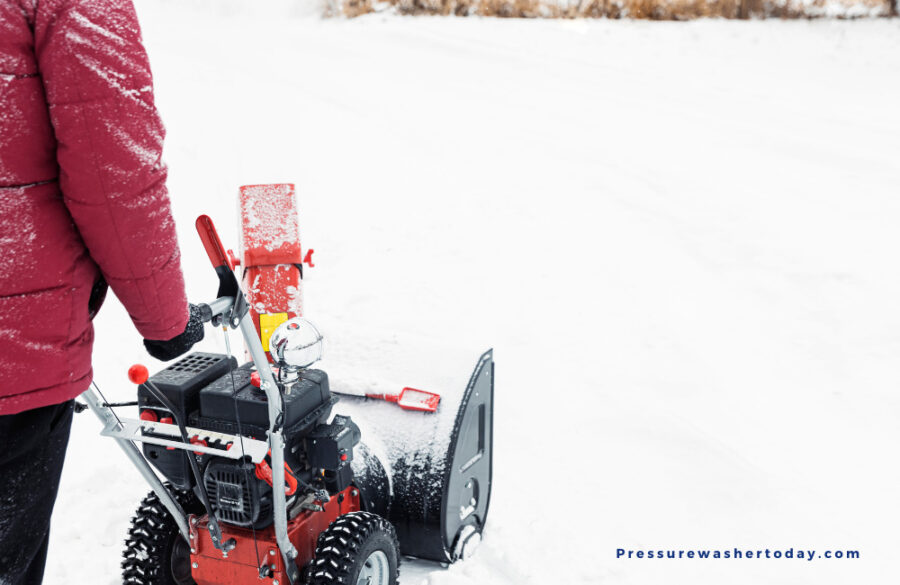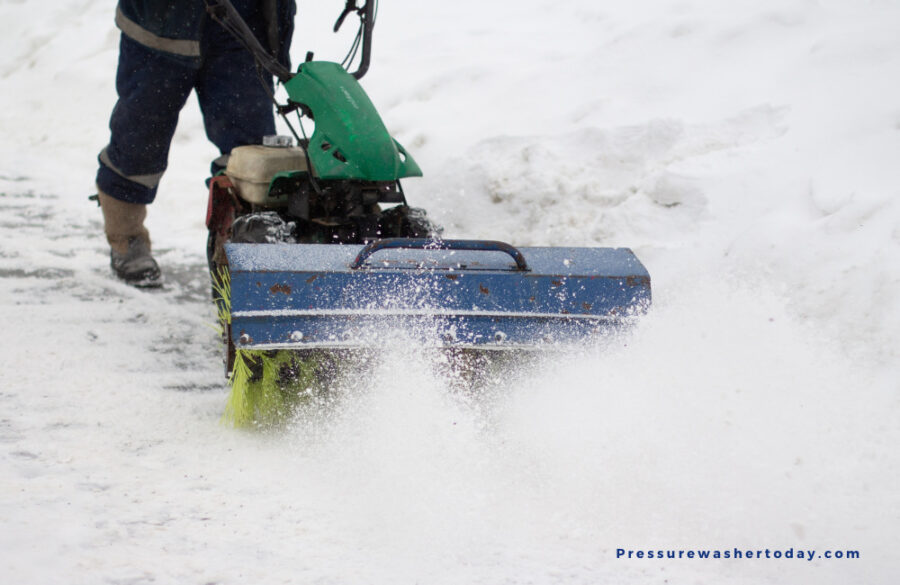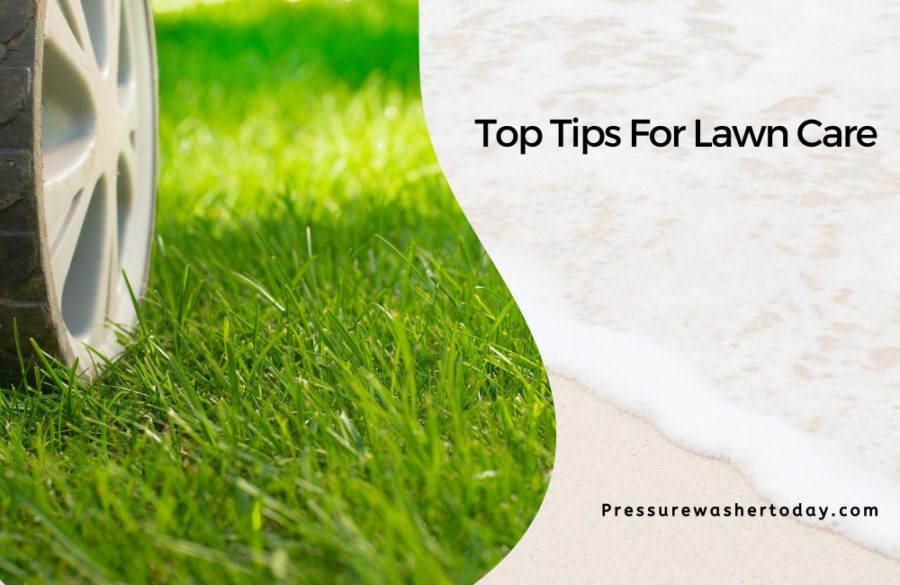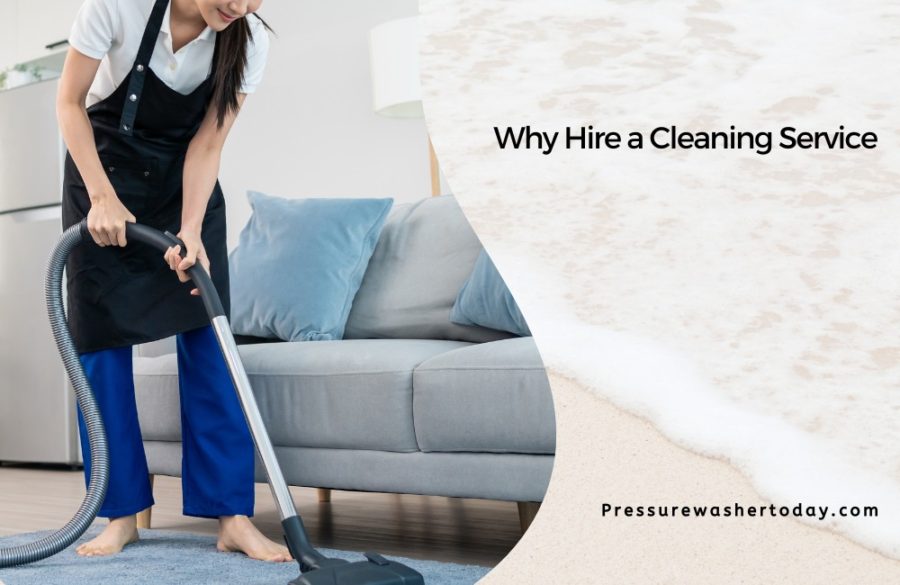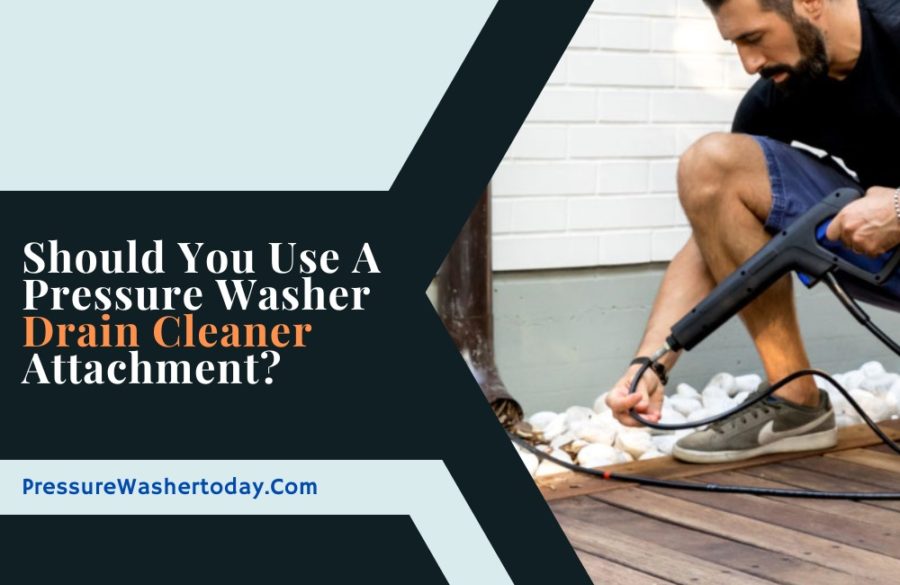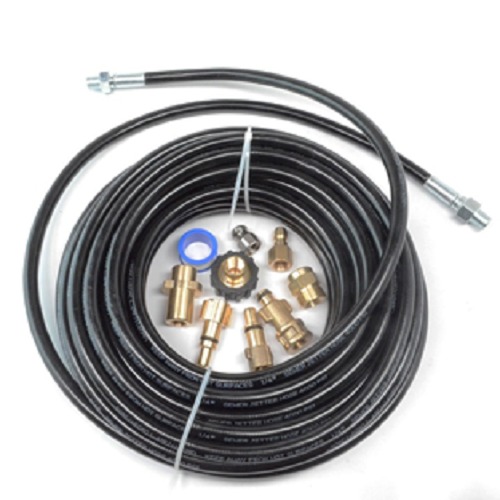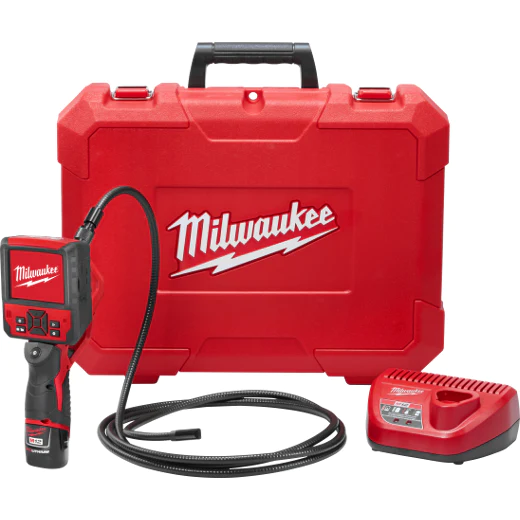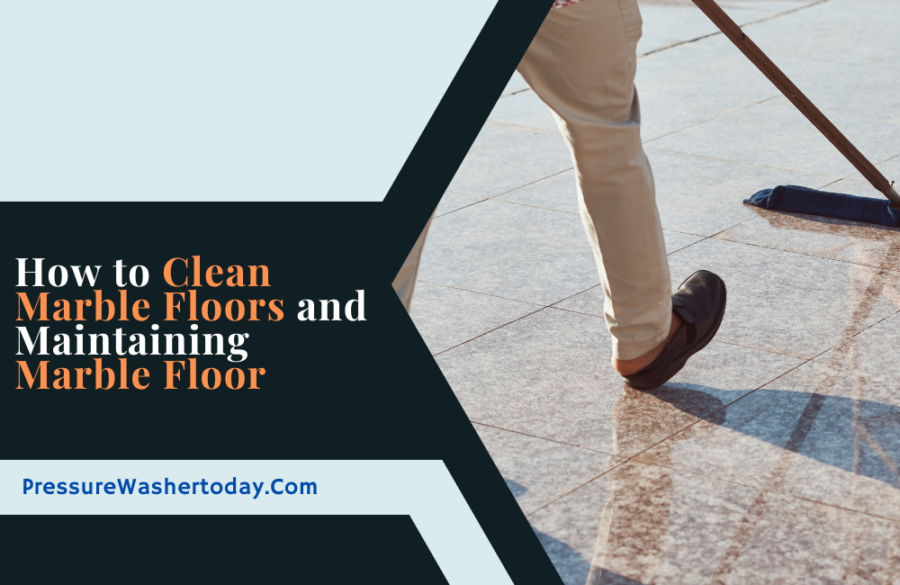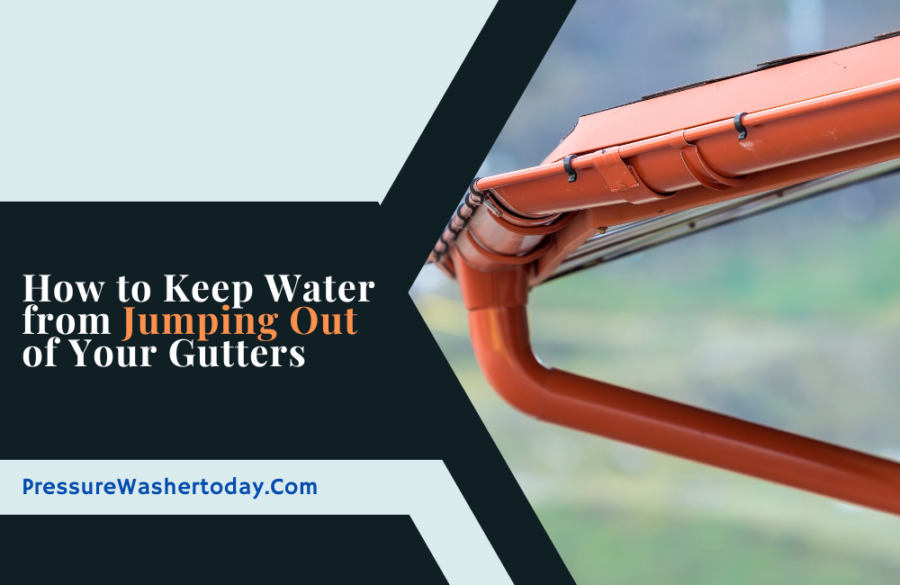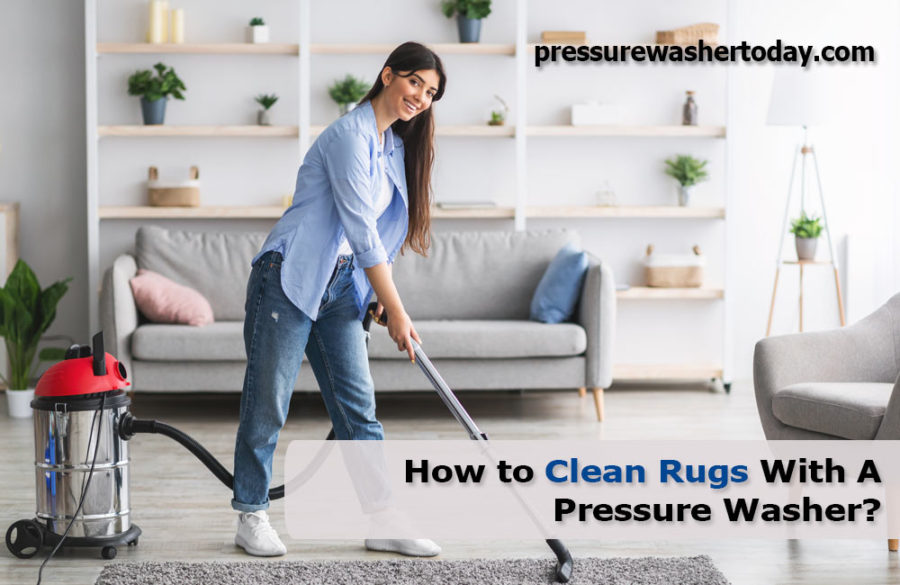Pressure washers are a handy tool for cleaning your home. They spray pressurized water that can make short work of tough grime and dirt. With a suitable pressure washer, tackling outdoor cleaning jobs is faster, easier, and safer. That’s why having the ultimate guide to choosing and using a pressure washer for your home is so important; it helps you take full advantage of this powerful tool safely and effectively.
This article will give you the tools you need to choose the best pressure washer for your needs, plus expert tips on how to get the most out of every use. With these essential details at your fingertips, you will be ready to make quick and easy work of all your outdoor cleaning projects — and look good! After reading this article, you should be able to identify your best pressure washer for home use. We will also mention commercial pressure washing equipment.
1. Helpful Article From Toolbarn.com (Click on the link-then type in your search query in need): Pressure Washer Buyer’s Guide
2. Types of Pressure Washers
Pressure washers can come in handy for cleaning your home and keeping your outdoor spaces looking fresh. When determining which type of pressure washer is right for you, consider what kind of job or cleaning task you are trying to tackle.
Electric pressure washers are lightweight and perfect for smaller jobs around the house, while gas pressure washers offer more power when dealing with large-scale projects. Commercial pressure washers might be necessary to clean or prep a large area like a deck or driveway.
Helpful Article From Toolbarn.com (Click on the link-then type in your search query in need): Types of Pressure Washers
3. Pressure Washer Applications
- Cleaning exterior surfaces
- Vehicle detailing
- Concrete cleaning
- Graffiti removal
Pressure washers are an invaluable tool for maintaining your home’s exterior surfaces. From stripping old paint on a fence you’re looking to update to cleaning mud caked onto your car after a fun day in the heat and dirt, these machines are essential for preserving the property’s integrity. Along with removing built-up grime from concrete walkways and driveways, pressure washers are also great for light graffiti removal.
4. Key Components of a Pressure Washer
- Pressure washer pump
- Hose and nozzles
- Spray gun and wand
- Detergent injection system
The correct pressure washer is vital to completing the job quickly and effectively. Whether you are cleaning your patio furniture or blasting dirt off harsh surfaces, there are several components to consider when choosing a pressure washer for your home. Critical features of a pressure washer include a pump, hose, nozzles, spray gun and wand, and a detergent injection system. All these parts need to be working together for effective cleaning.
Different power levels of pumps mean you can select the one that is best for your needs – some require more pressure than others. You’ll also want to choose the correct nozzles as they deliver water differently from one another at predetermined angles, such as fan spray or pinpoint accuracy.
Of course, add detergents to get stuck on tough stains and grime. Once you’ve chosen which pressure washer is suitable, read the instructions carefully before using it – it will help ensure the safety of yourself and those around you while helping you get that fantastic finish that’ll make all the hard work
worthwhile!
Helpful Article From Toolbarn.com (Click on the link-then type in your search query in need): Before You Buy Pressure Washer
Before you buy a pressure washer nozzle, you need to understand that their usage is color coded, as shown in this video:
5. Pressure Washer PSI and GPM
PSI and GPM are the two main factors you must consider when choosing a pressure washer for your home. PSI stands for pounds per square inch, which measure the water pressure and GPM stands for gallons per minute which estimate how quickly water flushes out of the unit.
Matching PSI and GPM to cleaning tasks is essential – it’s a balancing act; too much PSI could damage surfaces, but more PSI might need to do a thorough job. To know your needs, you should read reviews from customers on different types of pressure washers, think about what components and attachments you need to meet those needs, and finally, make sure to purchase the correct size pressure washer so that it can manage all your tasks.
With the Ultimate Guide to Choosing and Using Pressure Washers for Your Home, you can find precisely what fits your requirements best. We have inserted this video from Consumer Reports if you want to know more about these topics:
- Deck pressure washing tips
- How to clean a concrete driveway with a pressure washer
- Pressure washer nozzle guide
- Pressure washer safety dangers
6. Pressure Washer Maintenance and Safety
Maintenance and safety when using a pressure washer are foremost in ensuring you get the most out of your purchase. Regular cleaning and maintenance are essential to keep your machine running efficiently and keep it from damaging delicate surfaces.
It is also important to remember safety precautions such as wearing protective. eyewear, closed-toe shoes, long pants, and gloves when using your pressure washer to avoid potential injury.
Finally, storing your pressure washer properly is essential for its longevity; remember to keep it in an area protected from the elements like rain or snow to stay in good working condition. All this combined should be part of building the ultimate guide to choosing and using a pressure washer for your home.
Helpful Article From Toolbarn.com (Click on the link-then type in your search query in need): Pressure Washer Repair Kits
7. Electric Pressure Washers
Electric pressure washers are an excellent choice for your home because they tend to be smaller and more lightweight than other models. Electric pressure washers are also great for tackling more delicate jobs on the exterior of your house, such as windows and screens without blasting away any paint or siding.
When selecting an electric pressure washer, read up on customer reviews to ensure you get a quality product that will last as long as possible. In addition, there are many pros and cons associated with electric-powered pressure washers– such as their noise level and storage requirements – so it is essential to weigh them while deciding which pressure washer is ideal for you.
8. Gas Pressure Washers
Gas pressure washers are a great way to tackle challenging outdoor projects, as they combine power and portability. Whether you are looking to renew the look of your deck or blast away grime from the siding on your house, gas-powered pressure washers are up for the task. If you need to gain experience with power abundant resources can help you choose the best one for your home use.
Gas pressure washers are impressively powerful and generally easier to move around than their electric counterparts, but the biggest downside is noise. Many gas-powered models produce such a loud sound that people living nearby might complain about it — so be sure to check whether that could be an issue before making your purchase.
Suppose you’re searching for a reliable power washer with all-around impressive features and a more extended hose range than its electric alternatives. In that case, a gas pressure washer might be precisely what you are looking for!
9. Commercial Pressure Washers
Commercial pressure washers are a fantastic tool for cleaning outdoor surfaces as they can jet stream water at extremely high pressure, which loosens dirt, grime, and debris quickly and efficiently. If you want a commercial pressure washer for your home, do plenty of research first.
This ultimate guide offers an overview of the benefits and drawbacks of these powerful machines and provides suggestions on the best models for specific tasks. Commercial pressure washers can save you time and energy compared to manual scrubbing – make sure to also factor in their purchase cost and upkeep when making your decision!
10. Pressure Washing Accessories
Pressure washers are a great way to spruce your home instantly but do you know the different accessories that can take them to the next level? Pressure washer accessories can make the whole process faster and easier – an absolute must for big cleaning jobs. Surface cleaners are the most useful; they attach easily and clean three times faster than a standard power nozzle.
Extension wands allow you to get into all those hard-to-reach spots and turbo nozzles offer different speeds and power for larger surface areas. But if you are going for full luxe mode, why not upgrade with a foam cannon – not necessary, but sure to impress both you and your friends!
Helpful Article From Toolbarn.com (Click on the link-then type in your search query in need): Pressure Washer Accessories
11. Pressure Washing Tips and Techniques
Pressure washers can seem intimidating, but you can easily tackle any cleaning job with the right tips and techniques. So whether you are using your pressure washer for decks or windowsills, knowing a few tricks will help you get the job done. quickly and correctly.
It is essential to familiarize yourself with the best practices of pressure washing and select the perfect setting on your power washer nozzle to avoid damaging surfaces. With these simple steps, you’ll be equipped to complete your confidently any home project thanks to the ultimate guide to choosing and using a pressure washer for your home.
Helpful Article From Toolbarn.com (Click on the link-then type in your search query in need): Tips and Techniques
12. Choosing the Right Detergent for Your Pressure Washer
Pressure washers are incredible tools that make household cleaning much easier and quicker than traditional hand washing. With the help of a pressure washer, you can revamp your outdoor surfaces in no time at all! Before you start, though, choosing the suitable pressure washer for your home that matches your specific cleaning needs is essential.
Ensure you also read up on using the proper detergents with your machine so that you don’t damage any surfaces you’re trying to clean—pressure washer detergents are specially designed to get tough stains and dirt out without damaging paint or wood.
Investing in a pressure washer and picking up essential knowledge is a great way to ensure your home’s exterior stays spotless year-round.
13. Pressure Washing for Homeowners
Pressure washing can be an excellent way for homeowners to refresh the exterior of their homes. Pressure washers are quick, effective, and affordable. However, homeowners must prepare adequately and understand instructions for using the pressure washer before diving into the project.
For the best results, follow step-by-step guides on pressure-washing your home’s surfaces and safety tips to protect yourself and others from harm. Pressure washing can help bring back your home’s former glory – use it cautiously!
14. Pressure Washing for Business Owners
Pressure washers are a must-have for business owners and households alike. They make outdoor cleaning more efficient, and their power makes it easier to tackle tough, caked-on dirt deposits that standard cleaning tools can’t handle.
If you’re ready to join the pressure washer team and start blasting away those unwanted grime build-ups, then our ultimate guide to choosing the suitable pressure washer, and using it correctly is just what you need!
We will break down everything from safety precautions to power settings, and provide clear instructions that even a novice can understand. Pressure washing has been made simple with our comprehensive guide!
15. Pressure Washing for Auto Detailing
Pressure washing your car can be a great way to give it a deep and sparkly clean without taking it to an expensive auto detailing shop. Pressure washers do quick work of this tedious task, plus the water pressure helps release all the dirt, grime, and brake dust that builds up on your vehicle’s exterior.
When choosing a pressure washer for car detailing, use one with adjustable nozzles to reduce the force if necessary. Pressure washing is relatively safe if done carefully; never use too high a pressure setting, keep the nozzle at least 3ft away from the car surface while in use and be sure to wear safety glasses and protective clothing. With the Right equipment, you will get satisfying results every time!
16. Pressure Washing for Concrete Cleaning
Pressure washing is a great way to give your home’s concrete surfaces an extra boost of cleanliness and shine. Pressure washers have the power to quickly remove stains from patios, driveways, and other hard-to-clean areas. Pressure washers are also a more effective cleaning than just scrubbing by hand. But finding the right one can be tricky – there are several essential factors you need to consider, such as budget, size, and pressure capabilities.
Before buying, ensure you know what type of surface you’ll be cleaning to get the most suitable pressure washer. It is also crucial to remember these safety tips – always wear protective clothing, use the correct nozzle for your task, and start at a safe distance from your surface!
With these helpful tips in mind, pressure washing can make quick work of concrete cleaning and leaving your surfaces looking brand new.
17. Pressure Washing for Graffiti Removal
Pressure washing is one of the most effective methods for removing unwanted graffiti from your home or business. Pressure washing can be much easier and more efficient than scrubbing graffiti with a traditional brush and solvent, saving you time and energy.
When choosing the suitable pressure washer for graffiti removal, check on quality- the wrong pressure washer can be ineffective or cause severe damage at worst. Be sure to choose a machine with enough power to remove the paint but not enough to cause harm while following all safety guidelines (such as wearing long pants and closed-toe shoes).
Pressure washing can be an excellent way to remove unwanted graffiti and restore your property’s natural beauty, so get out there and make it happen!
18. Pressure Washing Trends and Innovations
Pressure washing has come a long way. So many new products and features are constantly released. As a result, pressure washers are no longer just used by professionals; they are becoming an essential part of every homeowner’s toolkit.
If you’re considering investing in a pressure washer for your home. You should keep up with all the trends and innovations available on the market. Pressure-washing technology is increasingly sophisticated, so it’s essential to explore all the latest pressure-washing products that can help do cleaning your home more accessible than ever before.
Frequently Asked Questions And Answers
Related Content
Ten New Developments In Pressure Washers
- 10 Innovative Ways to Use a Pressure Washer
- Pressure Washer Innovations” by Cleaning & Maintenance Management Magazine:
- “The Latest Pressure Washers: New Innovations in Pressure Washer Technology” by PressureWashr:
- “7 New Ways to Use a Pressure Washer” by Popular Mechanics:
- “Pressure Washer Innovation: The Electric Pressure Washer” by Resourceful Cleaner:
- “New Innovations in Pressure Washing” by AAA Pressure Washers & Supplies:
- “The Latest Trends in Pressure Washer Technology” by The Clean Up Guys:
- “New Pressure Washing Techniques: Water Conservation” by Graco Inc.
- “A New Era in Pressure Washers: The Next Generation of Cleaning Technology” by The Pressure Washers
- “Commercial Pressure Washer Innovations” by Proline Equipment, Inc.

